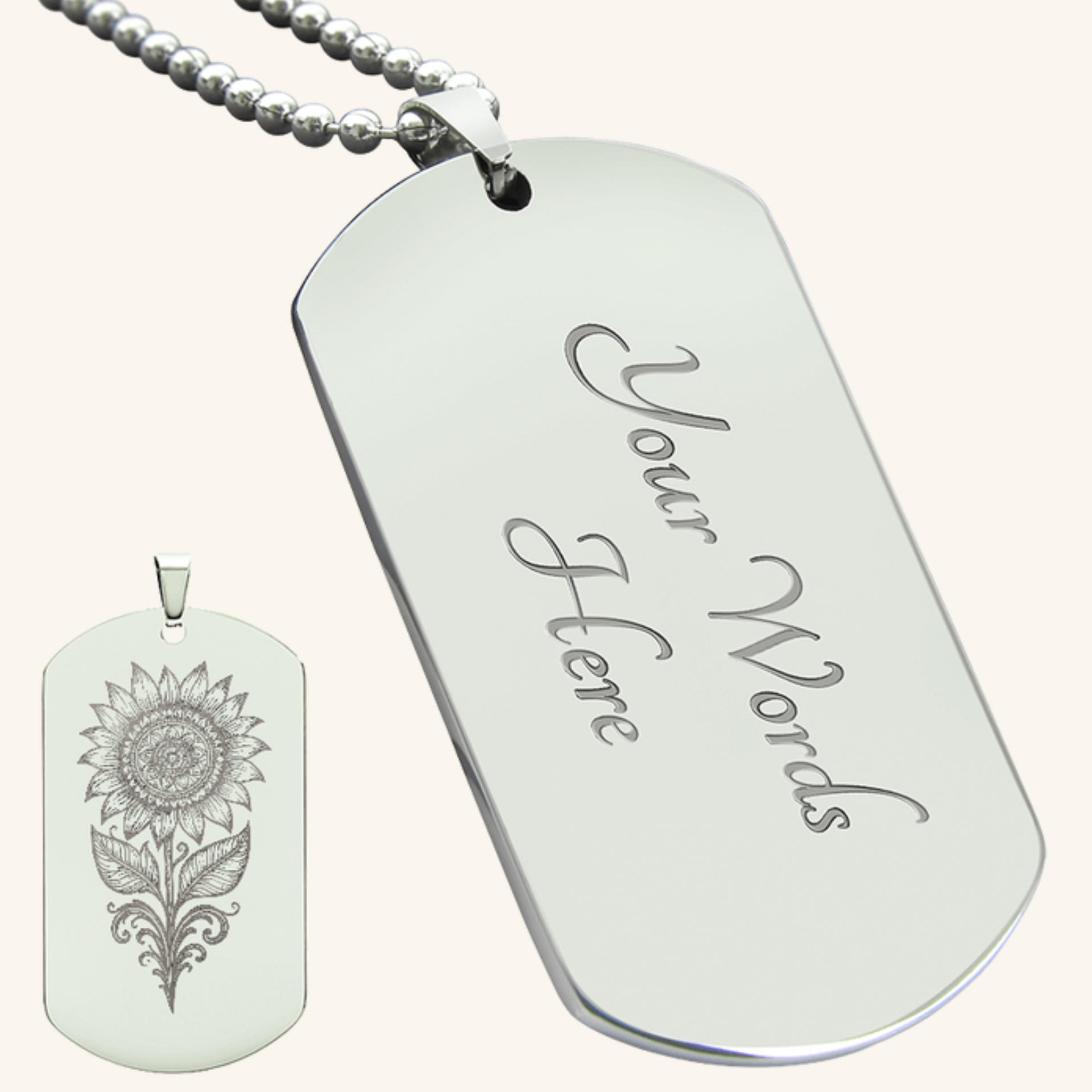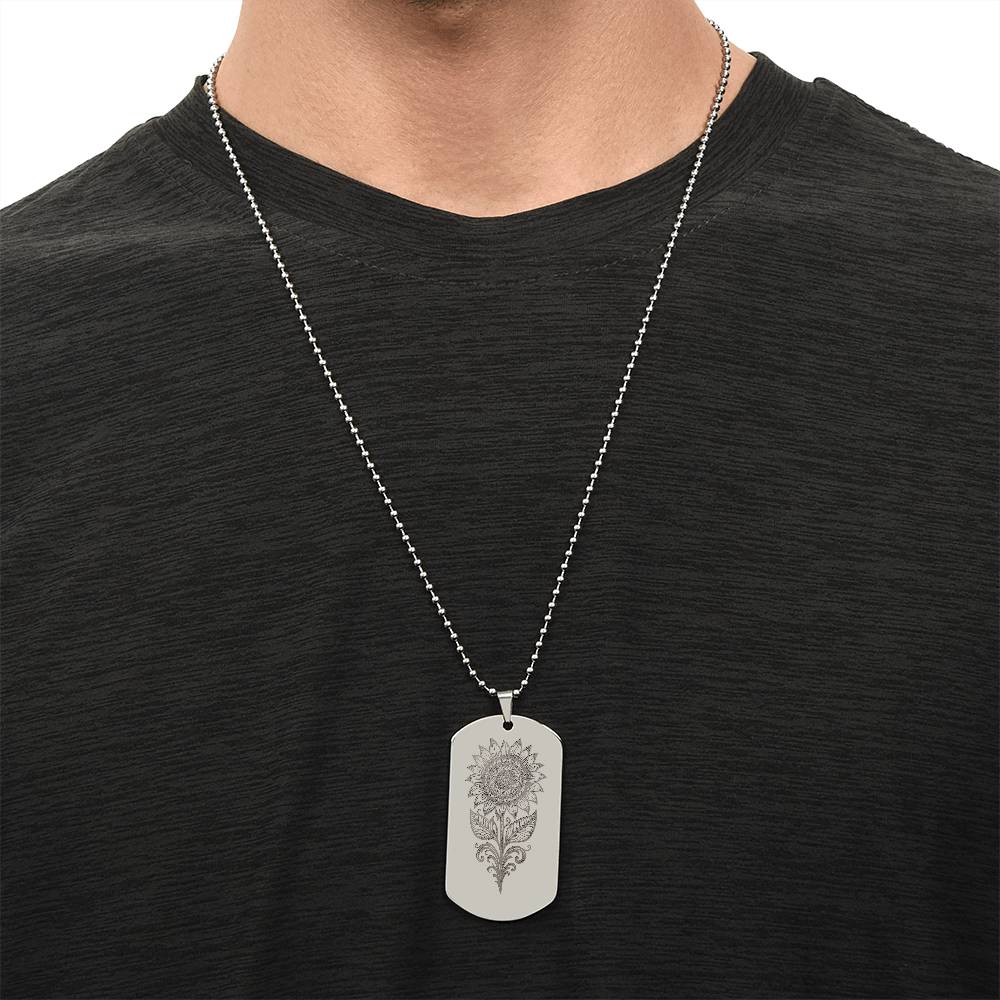Planning Sensory-Friendly Weddings and Special Events

Written by HeyASD.com Team
Planning a wedding or special event is always a big task, but making it sensory-friendly adds another layer of thoughtfulness. Sensory-friendly events are designed to be comfortable for everyone, especially those with sensory sensitivities like autism. This guide will help you plan a wedding or special event that is welcoming and enjoyable for all your guests.
Key Takeaways
- Understanding sensory sensitivities can help make your event more inclusive.
- Choosing the right venue involves checking lighting, acoustics, and quiet spaces.
- Collaborate with vendors to ensure they understand and can meet sensory needs.
- Designing a sensory-friendly ceremony and reception includes managing sound levels and providing calming elements.
- Preparing guests ahead of time can make them feel more comfortable and included.
Understanding Sensory Sensitivities in Weddings
Common Sensory Triggers
Weddings can be overwhelming for many, especially those with sensory sensitivities. Bright lights, loud music, and strong scents are just a few common triggers. These elements can cause discomfort or even distress for some guests.
Impact on Neurodivergent Individuals
Neurodivergent individuals, such as those with autism or ADHD, may find traditional weddings particularly challenging. The sensory overload can lead to anxiety, meltdowns, or the need to withdraw from the event. It's crucial to recognize and accommodate these needs to ensure everyone can enjoy the celebration.
Importance of Sensory-Friendly Environments
Creating a sensory-friendly environment is not just about comfort; it's about inclusivity. By considering sensory needs, you make your wedding more accessible to all guests, including those who may not openly share their sensitivities. This approach fosters a welcoming and inclusive atmosphere for everyone.
Choosing the Right Venue for Sensory-Friendly Events

Assessing Venue Lighting and Acoustics
When selecting a venue, it's crucial to consider the lighting and acoustics. Adjustable lighting is a must. Harsh lights can be overwhelming, so look for venues with dimmers or natural light options. Good acoustics are equally important. Venues with minimal echo and background noise help create a more comfortable environment for everyone.
Availability of Quiet Spaces
A designated quiet space is essential for guests who need a break from the hustle and bustle. This area should be free from crowds and offer comfortable seating. It's a haven for those seeking a moment of calm.
Accessibility Features to Consider
Ensure the venue is accessible to all guests. This includes wheelchair access, gender-neutral restrooms, and family-friendly facilities. Providing these features shows your commitment to inclusivity and makes everyone feel welcome.
Creating a sensory-friendly event is about more than just the venue; it's about making sure every guest feels comfortable and included.
Collaborating with Vendors for Sensory-Friendly Services
Communicating Sensory Needs
When planning a sensory-friendly event, clear communication with your vendors is key. Make sure to discuss any specific sensory needs early on. This helps vendors understand the importance of creating an inclusive environment. For example, you might need to explain why certain lighting or sound levels are necessary to avoid sensory overload.
Selecting Sensory-Friendly Catering Options
Food can be a major sensory trigger. Work with your caterer to offer a variety of options that cater to different sensory needs. Consider textures, flavors, and even the presentation of the food. Offering a diverse menu ensures that all guests can enjoy the meal without discomfort.
Working with Photographers and DJs
Photographers and DJs play a big role in setting the event's atmosphere. Discuss with them how to create a sensory-friendly experience. For photographers, this might mean avoiding flash photography. For DJs, it could involve keeping the volume at a manageable level and choosing music that is less likely to cause sensory overload.
Embracing neurodiversity means making thoughtful choices that allow everyone to feel comfortable and included.
By collaborating closely with your vendors, you can create a wedding or special event that is welcoming to all, including those with sensory sensitivities.
Creating a Sensory-Friendly Ceremony
Adjusting the Ceremony Layout
When planning a sensory-friendly ceremony, consider the layout. Arrange seating to allow for easy movement and access to exits. This helps guests who may need a quick break from the crowd. Also, provide ample space between seats to avoid a cramped feeling.
Managing Sound Levels
Sound can be a major trigger for sensory-sensitive individuals. Use soft background music and avoid sudden loud noises. If possible, use a microphone with adjustable volume to keep the sound at a comfortable level for everyone.
Incorporating Calming Elements
Incorporate calming elements into the ceremony. This can include soft lighting, gentle colors, and natural decorations like flowers. These elements can create a soothing atmosphere, making the event more enjoyable for all guests.
Creating a sensory-friendly ceremony is about making thoughtful choices that ensure everyone can enjoy the special day without feeling overwhelmed.
By focusing on these aspects, you can create a ceremony that is inclusive and welcoming for all guests, including those with sensory sensitivities.
Designing a Sensory-Friendly Reception
Flexible Seating Arrangements
Creating a flexible seating plan is key. Allow guests to choose where they sit, and provide a mix of seating options. Some may prefer a quiet corner, while others might enjoy being closer to the action. This flexibility helps everyone feel comfortable.
Noise Control Strategies
Managing noise levels is crucial. Use soft background music and avoid sudden loud sounds. Consider providing noise-canceling headphones for those who need them. Keeping the volume low ensures a pleasant experience for all.
Inclusive Entertainment Options
Choose entertainment that caters to diverse sensory needs. Opt for activities that are engaging but not overwhelming. For example, a live band with a moderate volume or a quiet game area can be great choices. This way, everyone can enjoy the reception in their own way.
A sensory-friendly reception is about making thoughtful choices that allow all guests to feel included and comfortable. By focusing on seating, noise, and entertainment, you create an environment where everyone can celebrate together.
Sensory-Friendly Decor and Ambiance
Choosing Appropriate Lighting
Lighting can make or break a sensory-friendly event. Opt for adjustable lighting to cater to different needs. Avoid harsh fluorescent lights and instead use soft, natural lighting. Dimmers and blinds can help control brightness levels.
Using Soft Textures and Colors
Incorporate soft textures and calming colors into your decor. Muted tones like pastels and earth colors can create a soothing environment. Avoid overly bright or contrasting colors that might be overwhelming.
Avoiding Strong Scents
Strong scents can be a major trigger for sensory-sensitive individuals. Steer clear of scented candles, essential oils, and heavily fragranced flowers. Ensure proper ventilation to minimize cooking smells.
Creating a sensory-friendly ambiance is crucial for making everyone feel comfortable and included. Simple changes in decor can have a significant impact on the overall experience.
By focusing on these elements, you can transform any venue into a welcoming space for all guests, including those with sensory sensitivities. For more tips and products, check out the autism store.
Food and Beverage Considerations
Offering Diverse Menu Options
When planning a sensory-friendly event, it's crucial to offer a variety of menu options. Diverse choices ensure that all guests can find something they enjoy and can eat comfortably. Consider including vegetarian, vegan, gluten-free, and allergen-free options to cater to different dietary needs.
Labeling Ingredients Clearly
Clear labeling of ingredients is essential. This helps guests with food allergies or sensitivities to make safe choices. Use simple, easy-to-read labels and consider a small description for each dish. This way, everyone knows exactly what they're eating.
Providing Non-Alcoholic Choices
Not everyone drinks alcohol, and some may have sensitivities to it. Offering a range of non-alcoholic beverages ensures that all guests feel included. Think about providing options like sparkling water, fruit juices, and mocktails. This small touch can make a big difference in guest comfort.
Remember, the goal is to create an inclusive environment where everyone feels comfortable and cared for. Thoughtful food and beverage planning is a key part of this.
Preparing Guests for a Sensory-Friendly Event
Informing Guests in Advance
Communication is key. Let your guests know about the sensory-friendly aspects of your event well ahead of time. Use your website, social media, and email to share details. This helps guests prepare and feel more comfortable.
Including Sensory Needs in RSVPs
When sending out invitations, include a section for guests to specify any sensory needs. This allows you to make necessary accommodations and ensures everyone feels welcome.
Providing Sensory Kits and Tools
Offer sensory kits at the event. These can include items like noise-canceling headphones, fidget toys, and sunglasses. These tools help guests manage their sensory experience independently.
Creating a sensory-friendly event is about making everyone feel included and comfortable. Small steps can make a big difference.
Managing Unexpected Sensory Challenges
Identifying Potential Issues
Planning for a sensory-friendly event means being ready for the unexpected. Identifying potential issues ahead of time can help you stay prepared. Consider common triggers like loud noises, bright lights, or crowded spaces. Keep an eye out for signs of discomfort, such as visual stimming or fidgeting.
Having a Plan for Sensory Overload
When sensory overload happens, having a plan is crucial. Create designated quiet areas where guests can retreat and calm down. Provide noise-canceling headphones, weighted blankets, or other calming tools. Make sure staff knows how to guide guests to these spaces.
Training Staff and Volunteers
Your team plays a big role in managing sensory challenges. Train staff and volunteers to recognize signs of sensory overload and how to respond. Equip them with strategies to create a calming environment and offer support. This training can make a huge difference in the experience of your guests.
Being proactive and prepared can turn potential challenges into opportunities for creating a truly inclusive event.
Post-Event Considerations
Gathering Feedback from Guests
After the event, it's crucial to gather feedback from your guests. This helps you understand what worked and what didn't. Use surveys or feedback forms to collect their thoughts. Encourage honesty to get the most useful insights.
Reflecting on What Worked
Take some time to reflect on the event. Identify the elements that were successful and those that need improvement. This reflection will help you plan better for future events.
Planning for Future Events
Use the feedback and reflections to plan your next event. Make a checklist of what to keep and what to change. This proactive approach ensures that each event is better than the last.
Managing expectations is key to a successful sensory-friendly event. This little bit of knowledge provided before the day of the event helps individuals prepare for any activities that may occur.
Conclusion
Planning a sensory-friendly wedding or special event is all about making sure everyone feels welcome and comfortable. By thinking about the different needs of your guests, you can create a day that everyone will enjoy. Remember, small changes like offering quiet spaces, choosing soft lighting, and providing clear information can make a big difference. Your event should be a celebration that everyone can be a part of, no matter their sensory needs. With a little extra thought and care, you can make your special day inclusive and memorable for all.
Frequently Asked Questions
What is a sensory-friendly wedding?
A sensory-friendly wedding is planned to be comfortable for guests with sensory sensitivities. This means thinking about things like lighting, noise levels, and scents to make sure everyone can enjoy the event.
Why is it important to have a sensory-friendly wedding?
Having a sensory-friendly wedding ensures that all your guests, including those with autism, ADHD, PTSD, or other sensory sensitivities, can fully participate and enjoy the celebration.
How can I choose the right venue for a sensory-friendly event?
Look for venues with adjustable lighting and sound levels. Also, make sure there are quiet spaces where guests can take a break if they need to.
What should I tell my vendors about sensory needs?
Communicate any specific sensory needs to your vendors. This includes instructions on lighting, noise levels, and any other accommodations your guests might need.
How can I make the ceremony sensory-friendly?
You can adjust the layout to allow more space, manage sound levels by using softer music, and incorporate calming elements like soft lighting and gentle scents.
What are some sensory-friendly reception ideas?
Consider flexible seating arrangements, noise control strategies like quieter music, and inclusive entertainment options that everyone can enjoy.
How should I prepare my guests for a sensory-friendly event?
Inform your guests in advance about the sensory-friendly aspects of the event. Include a section in the RSVP for them to share any sensory needs they might have.
What should I do if there are unexpected sensory challenges during the event?
Have a plan in place for managing sensory overload, such as quiet spaces or sensory kits. Train your staff and volunteers to recognize and address these challenges quickly.
On This Page
Frequently asked questions
How can I make sure my wedding or event venue is truly sensory-friendly and inclusive for neurodivergent guests?
What are some effective ways to communicate sensory accommodations to vendors and event staff?
How can I prepare guests with sensory sensitivities ahead of time to help them feel comfortable and included?
What strategies can I use to manage unexpected sensory overload during my event?
Are there sensory-friendly products, like calming blankets or sensory tools, that I can provide to support guests during the celebration?
How can I design a ceremony and reception that respects different sensory needs without compromising the event’s atmosphere?
What should I consider when planning food and beverage options to accommodate sensory sensitivities?
How can I find and work with sensory-friendly event vendors who understand neurodivergent needs?
What types of Autism-themed decor or sensory-friendly apparel might help create a welcoming environment at my event?

About the HeyASD.com Team
Autistic‑owned • Values‑led • Sensory‑friendly design
We are autistic creators, writers, and advocates dedicated to producing resources that are practical, sensory-aware, and grounded in lived experience. Our mission is to make information and products that support the autistic community accessible to everyone, without jargon or condescension. Learn more about our team.
This article is written from lived autistic experience and an evidence-aware perspective. It is for general informational purposes only and should not be taken as medical, legal or therapeutic advice.
Always consult a qualified clinician or occupational therapist for individual needs and circumstances.

About Our ASD Blog
HeyASD is more than a store, it’s a calm, supportive space for autistic adults and the people who care about them. Explore identity-affirming stories, sensory regulation tools, and uplifting resources from our community.
Thank you for reading. We hope these resources bring comfort and clarity.









































